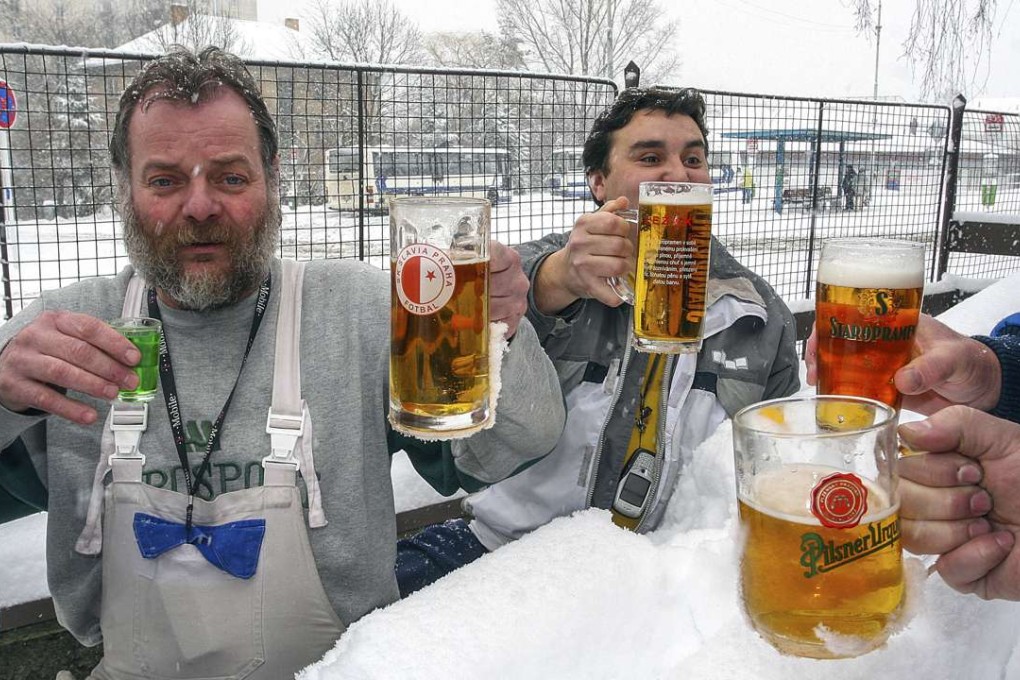A sommelier’s guide to ... beer, the perfect palate cleanser after a wine tasting
Thought to be the oldest alcoholic beverage, beer is a great thirst quencher and comes in many styles and colours. Nellie Ming Lee takes us through the main types

At the end of a tasting session, many sommeliers and wine lovers enjoy a cleansing ale. All types of beer are about 95 per cent water, and that, along with the carbonation in the drink,refreshes an overworked palate.
Beer is thought to be the oldest alcoholic beverage– older than wine. It has four essential ingredients: water, malted grain (usually barley, although wheat, corn and rice can also be used), yeast and hops. Hops are the flowers of the plant of the same name. With their naturally bitter character, they balance out the sweetness of the malted grain. They are used in beer making as they have antibacterial properties and help keep the drink from spoiling after the fermentation process.

An ale is a beer that is warm-fermented (at 15 to 24 degrees Celsius), giving it rich flavours. In addition to Belgian, Trappist and abbey ales (to name just a few), stouts and porters are also come under this category. With ale, the yeast ferments on the surface, in a process that takes about a week. Hard water (with a high mineral content) is best for making darker beers such as stout – Guinness is a good example. An everyday ale would be Samuel Adams pale ale (from the USA) which has a slight bitterness.
The husband and wife behind Hong Kong craft beer Moonzen, and how it got its name
Lager is defined as a beer that is fermented slowly at cold temperatures (about 1 degree Celsius). The resulting brew is much more delicately flavoured. This category includes Pilsner, bock and of course pale lager. The yeast for lager is bottom-fermented, and the beer is matured at a cool temperature. Soft water is best for making lagers, and San Miguel from the Philippines is a delicious example of this style.
